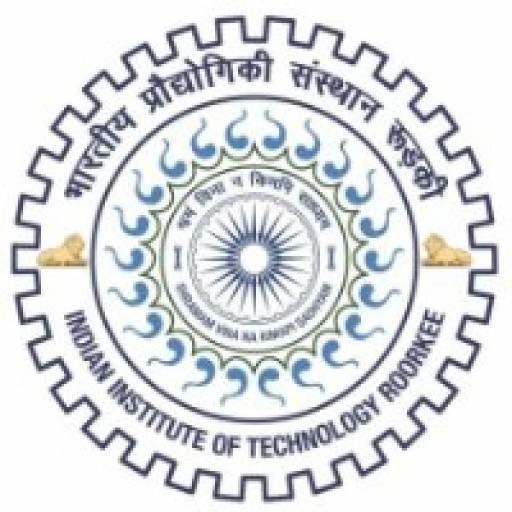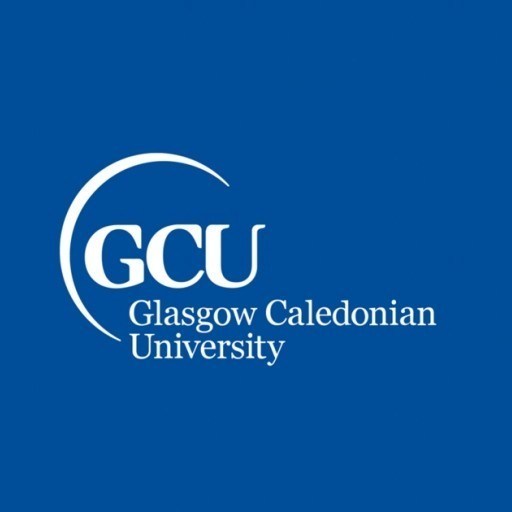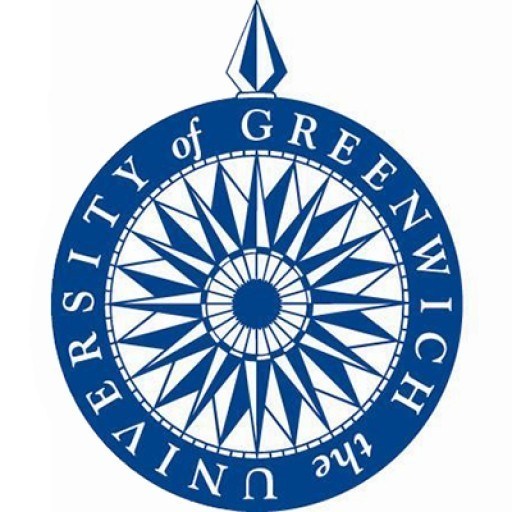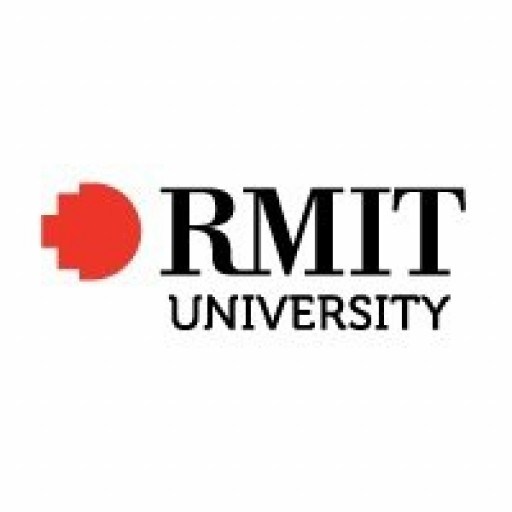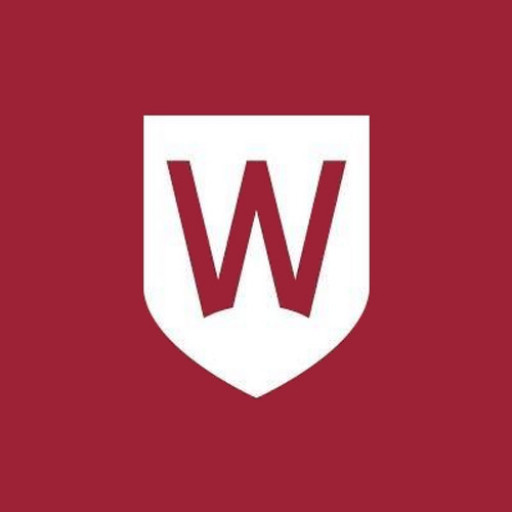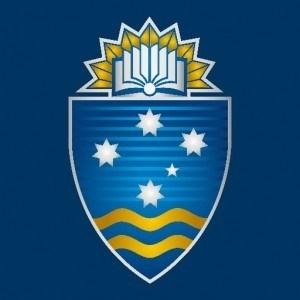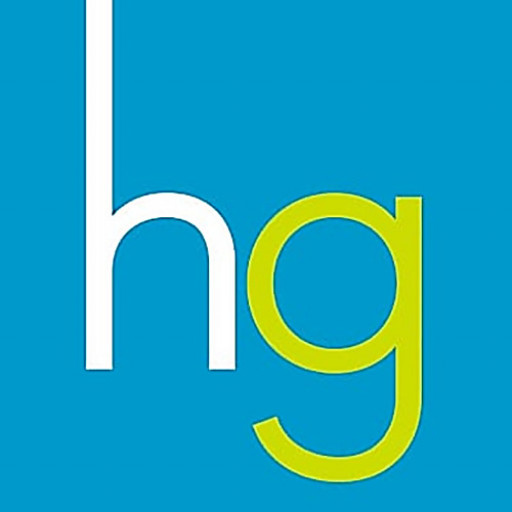List of Practicals :
1. Study of different types of maps, maps in the making, conventional symbols and map numbering system.
2. Introduction to various surveying equipments – Level and Theodolites.
3. Measurement of magnetic bearing of traverse with at least five sides using Prismatic Compass.
4. Use of Auto level to determine the Reduced Level of at least five different given points (use Height of Collimation method)
5. Use of Auto level to determine the Reduced Level of a number of points by fly levelling and close the network at the given Bench Mark (use Rise and Fall method)
6. Profile and Cross-sectional levelling of a road at an interval of 20m and 2m respectively of the central line of the road using Total Station. Plot the profile and cross section on a graph sheet at a suitable scale.
7. (a) Determine the height of a building using Trigonometric Levelling. (b) Layout the traverse with at least five sides using Tacheometric observations.
8. Measurement of horizontal and vertical angles by Repetition and Reiteration Methods.
9. Mount drawing sheet on Plane table and draw 2cm grid on sheet. Plot the traverse on drawing sheet. Plot the details/features.
10. Plot the detail/features and draw elevation contours using Plane Table surveys.
11. Total Station for taking field measurements
12. Use of Total Station for angles and distance measurements.
Contents:
- Principles of surveying, Various maps and their scales, Symbols and colours, Generalisation of information;
- Surveying measuring equipments & techniques - Distance, Height, Angles and Directions. Compass Surveying: Bearings and Azimuths;
- Levelling: Balancing of sights, Differential leveling, profile and cross-section leveling, reducing the levels- Height of Instrument and Rise & Fall method. Contouring;
- Trigonometrical Leveling and Tacheometric surveying;
- Methods of control establishment: Traversing, Traverse computations and adjustments. Triangulation and Trilateration;
- Plane Table Surveys;
- Modern surveying equipments- Total Station;
- Concept of observation and model, The mathematical model and errors, Random and systematic errors, Purpose of adjustments;
- Least squares adjustment techniques, Adjustment by linear and non-linear functions in the model, Adjustment by observation equation (variation of parameters) and condition equation methods.
Students admitted to the graduate programs of study at IIT Roorkee go through a process of selection prior to their admissions. The process of selection is administered at the national (All India) level or at the Institute depending on the program of study. For detailed information of the Institute and different programs, download the information brochure given below.
GATE (Graduate Aptitude Test in Engineering), The Graduate Aptitude Test in Engineering is an All - India Examination conducted by the seven IITs and IISc Bangalore, on behalf of the National Coordinating Board - GATE, Department of Education, Ministry of Human Resources Development (MHRD), Government of India.
JAM (Joint Admission Test to M.Sc) for admission to M.Sc programmes at the IITs. From year 2005 admissions to MCA programme at IIT Roorkee are also made through JAM which were previously through AIMCET.
This Institute offer courses leading to two-year Master of Science degrees in a number of disciplines. In addition, post-graduate programmes leading to M.Tech., M.Sc. and Ph.D. degrees are also offered.
Want to improve your English level for admission?
Prepare for the program requirements with English Online by the British Council.
- ✔️ Flexible study schedule
- ✔️ Experienced teachers
- ✔️ Certificate upon completion
📘 Recommended for students with an IELTS level of 6.0 or below.
The Institute offers merit-cum-means scholarship to 25% of undergraduate students. Several other scholarships are announced from time to time. Bank loans are also easily available whenever required. Financial help is provided as Institute free studentship and scholarships to undergraduate students belonging to the scheduled castes and scheduled tribes.
Students admitted to the 2-year M.Sc. degree in sciences are also awarded merit-cum-means scholarships. A number of scholarships, teaching / research assistantship schemes provide financial support to students of M.Tech. and Ph.D. programmes. Sponsored (full-time as well as part-time), self-financing foreign students and M.B.A. students are , however, not eligible for benefits of this scheme. Students are encouraged to earn while they learn.
Prizes and certificates are given to students on the basis of their performance in curricular, co-curricular and extra curricular activities.
